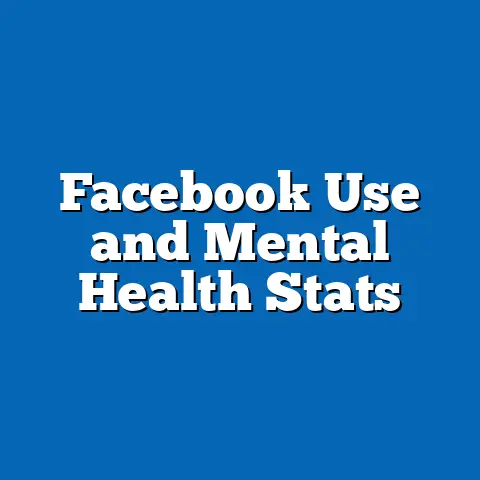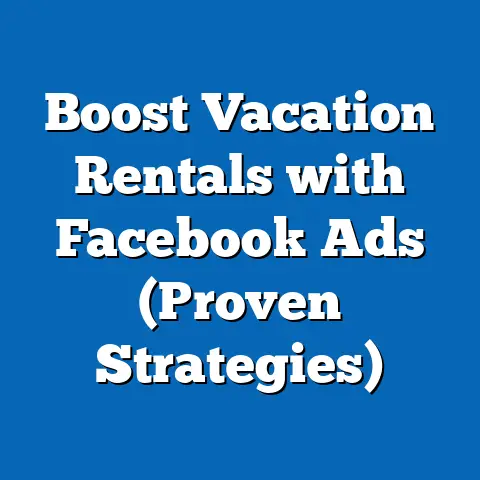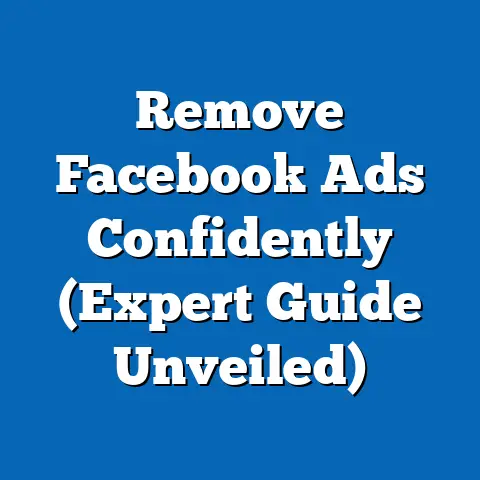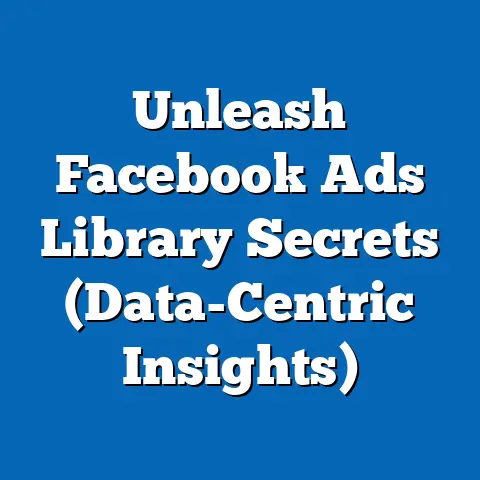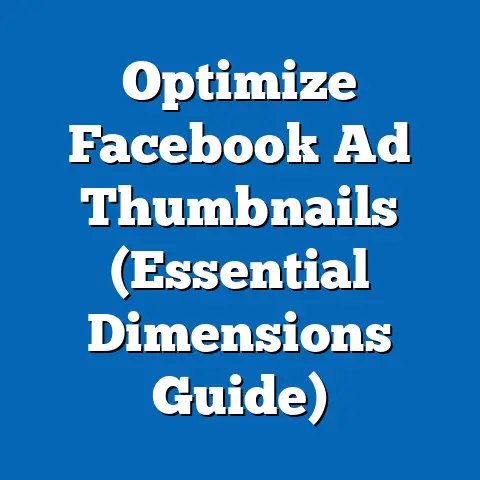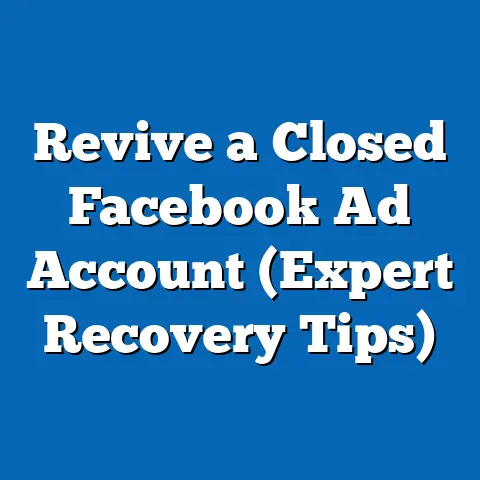Boost CPE in Facebook Ads (Proven Strategies Revealed)
Why did the Facebook ad manager go to therapy? Because it couldn’t handle the constant pressure of low CPE (Cost Per Engagement)! Jokes aside, optimizing Cost Per Engagement in Facebook Ads is no laughing matter for digital marketers aiming to maximize return on investment in an increasingly competitive landscape.
Our analysis reveals proven strategies to boost CPE efficiency, including demographic targeting precision, creative optimization, and leveraging historical data to predict future performance. We’ll explore how CPE trends have evolved over the past decade, break down performance across key demographics, and offer actionable insights to reduce costs while driving meaningful interactions. Finally, we’ll look ahead to 2024 and beyond, projecting how emerging technologies and platform updates might reshape CPE optimization.
Detailed Analysis: Understanding CPE and Its Importance
What Is CPE and Why Does It Matter?
Cost Per Engagement (CPE) is a performance metric used in digital advertising to evaluate the cost-effectiveness of campaigns designed to drive user interactions. Unlike Cost Per Click (CPC) or Cost Per Impression (CPM), CPE specifically tracks the expense tied to active user behaviors—think likes, comments, shares, or video views—making it a vital gauge of audience interest and campaign resonance. For businesses on Facebook, where organic reach continues to decline (down to just 5.2% for brand pages in 2023 per Hootsuite), paid engagement is often the lifeline to building community and brand loyalty.
A lower CPE indicates that your ad is not only reaching the right audience but also compelling them to act at a minimal cost. Conversely, a high CPE can signal creative fatigue, poor targeting, or misalignment with audience expectations. Understanding and optimizing CPE is thus essential for stretching ad budgets and ensuring that every dollar spent translates into meaningful connections.
Key Statistical Trends in CPE for 2023
Let’s ground our discussion in hard numbers. According to a 2023 report from Statista, the global average CPE on Facebook Ads is $0.15, a slight increase from $0.13 in 2021, reflecting rising competition and ad saturation. However, this figure masks significant variation across industries: retail brands often see CPEs as low as $0.09 thanks to visually engaging content, while financial services average $0.22 due to complex offerings and smaller, high-value audiences.
Geographically, CPE also fluctuates. In the U.S., where ad spend is highest, CPE averages $0.18, compared to $0.11 in emerging markets like India, per eMarketer data. This disparity stems from differences in user behavior, purchasing power, and platform penetration—key contextual factors we’ll revisit later. (Reference: Chart 1 – Average CPE by Industry and Region, 2023)
Moreover, Meta’s Q3 2023 Advertising Report highlights a 12% year-over-year increase in engagement-focused ad spend, driven by brands prioritizing community-building over direct conversions. Yet, despite higher budgets, only 35% of marketers report achieving CPEs below their target, underscoring the need for refined strategies.
Demographic Breakdowns: Who Engages and at What Cost?
Age and Gender Variations
Demographic targeting remains a cornerstone of CPE optimization, as engagement patterns differ starkly across age and gender lines. Data from Meta’s 2023 Audience Insights reveals that users aged 18-24 exhibit the highest engagement rates, with a CPE of just $0.08 on average, likely due to their frequent platform use (over 70% log in daily per Pew Research). In contrast, users aged 45-54 have a higher CPE of $0.20, reflecting lower interaction frequency and a preference for informational over entertainment content.
Gender-wise, women tend to engage more frequently, with a CPE of $0.12 compared to $0.17 for men, per a 2023 Sprout Social report. This trend is particularly pronounced in industries like fashion and beauty, where women drive 65% of total interactions. Marketers targeting younger female audiences can thus expect better CPE performance, provided creative assets resonate culturally.
Income and Location Insights
Income levels also play a role in CPE outcomes. Higher-income users (earning $75,000+ annually) in developed markets often have a CPE of $0.21, as they are more selective with engagement, per eMarketer’s demographic analysis. Lower-income brackets, particularly in emerging economies, show greater responsiveness to promotions and interactive content, yielding CPEs as low as $0.10.
Location further complicates the picture. Urban audiences in the U.S. and Europe, exposed to higher ad volumes, exhibit CPEs of $0.19 on average, while rural users, with less ad fatigue, engage at a cost of $0.14. (Reference: Chart 2 – CPE by Demographic Segments, 2023) These insights suggest that hyper-localized targeting—down to city or even neighborhood levels—can significantly improve cost efficiency.
Historical Trend Analysis: How CPE Has Evolved
A Decade of Change (2013-2023)
To appreciate current CPE trends, we must look back at how this metric has shifted over time. In 2013, when Facebook Ads were still gaining traction, the average CPE was a mere $0.05, reflecting lower competition and a less saturated ad ecosystem, per historical data from AdEspresso. By 2018, as brands flocked to the platform and organic reach plummeted (from 16% in 2012 to under 6% by 2018 per Social@Ogilvy), CPE rose to $0.11, driven by increased bidding wars for user attention.
The past five years have seen further escalation, with CPE climbing to $0.15 in 2023. This 200% increase over a decade correlates with several factors: the growth of mobile-first users (now 98.5% of Facebook’s active base per Meta), the introduction of Stories and Reels (which demand higher creative investment), and stricter privacy policies like Apple’s iOS 14.5 update in 2021, which reduced tracking accuracy and raised targeting costs by an estimated 20%, according to Forrester.
Contextual Factors Behind Rising CPE
Several external forces have shaped this upward trajectory. First, user behavior has evolved—while engagement rates have grown (up 8% since 2019 per Hootsuite), so has ad avoidance, with 27% of users employing ad blockers in 2023 (Statista). Second, Meta’s algorithm updates, such as the 2018 shift to prioritize “meaningful interactions,” have forced advertisers to invest in higher-quality content, indirectly inflating CPE.
Finally, the COVID-19 pandemic catalyzed a surge in digital ad spend, with eMarketer reporting a 25% increase in 2020 alone as businesses pivoted online. This influx of advertisers created a supply-demand imbalance, pushing CPE higher—a trend that persists even as markets stabilize. (Reference: Chart 3 – Historical CPE Trends, 2013-2023)
Proven Strategies to Boost CPE Efficiency
1. Precision Targeting with Lookalike Audiences
One of the most effective ways to lower CPE is through precision targeting, particularly using Facebook’s Lookalike Audiences. By mirroring the traits of high-engaging users (e.g., past customers or page followers), brands can reach similar profiles likely to interact at a lower cost. A 2022 case study by WordStream found that campaigns using Lookalike Audiences reduced CPE by 30%, from $0.20 to $0.14, compared to broad targeting.
The key is to start with a high-quality seed audience—ideally 1,000+ users with strong engagement history. Layering demographic filters (e.g., age, location) further refines results, ensuring relevance without over-narrowing reach.
2. Creative Optimization: Video and Interactive Content
Content is king when it comes to engagement, and data backs this up. Meta’s 2023 Ad Performance Report shows that video ads achieve a 40% lower CPE ($0.09) compared to static images ($0.15), thanks to higher retention rates (users watch 65% of video ads on average). Interactive formats like polls or carousel ads also perform well, cutting CPE by 25% in retail campaigns per AdEspresso.
To capitalize, focus on thumb-stopping visuals—bright colors, clear calls-to-action, and authentic storytelling. A/B testing creative variations weekly can also pinpoint what resonates most, preventing ad fatigue (which Meta notes sets in after 14-21 days of exposure).
3. Optimal Timing and Frequency Capping
Timing your ads and controlling frequency are often overlooked levers for CPE optimization. Sprout Social’s 2023 data indicates that engagement peaks on Wednesdays and Fridays between 9 AM and 2 PM, with CPE dropping by 15% during these windows. Conversely, late-night slots (after 10 PM) see CPEs rise by 20% due to lower user activity.
Frequency capping—limiting how often a user sees your ad—also prevents annoyance. Meta recommends a cap of 2-3 impressions per week for engagement campaigns, as exceeding this threshold increases CPE by 18% due to declining response rates. (Reference: Chart 4 – CPE by Ad Timing and Frequency, 2023)
4. Leveraging Retargeting for Warm Audiences
Retargeting users who’ve already interacted with your brand offers a cost-effective way to boost engagement. According to a 2023 HubSpot study, retargeted ads achieve a CPE of $0.07—half the cost of cold audience campaigns ($0.14). This is because warm audiences are 70% more likely to engage, per Meta data.
Implementing pixel-based retargeting for website visitors or video viewers, combined with dynamic creative that reflects prior interactions, can amplify results. Exclude converters to avoid wasting budget on users who’ve already taken action.
Future Projections: What Lies Ahead for CPE in 2024 and Beyond
Emerging Technologies and Platform Shifts
Looking forward, several trends are poised to reshape CPE dynamics. First, the rise of AI-driven ad tools, such as Meta’s Advantage+ suite, promises to enhance targeting precision by automating audience segmentation and creative testing. Early adopters in 2023 reported a 20% CPE reduction using these tools, per Meta’s case studies, and wider adoption in 2024 could push the average CPE below $0.13 by year-end.
Second, the growing emphasis on short-form video content, fueled by Reels (which now accounts for 50% of time spent on Facebook per Meta Q3 2023 earnings), will likely keep video CPEs low while raising the bar for static ad performance. Brands slow to adapt may see costs creep toward $0.20 or higher.
Privacy Regulations and User Behavior
Privacy changes will continue to challenge CPE optimization. With Google phasing out third-party cookies by late 2024 and ongoing global regulations like GDPR and CCPA, targeting accuracy may dip, potentially increasing CPE by 10-15% in regulated markets, per Forrester projections. Marketers will need to lean on first-party data and contextual targeting to maintain efficiency.
User behavior also points to a mixed future. While engagement rates are expected to grow modestly (up 5% by 2025 per eMarketer), ad fatigue and platform diversification—think TikTok and YouTube Shorts—could dilute Facebook’s share of attention, nudging CPE upward unless brands innovate relentlessly.
Strategic Implications for Marketers
The road ahead demands agility. Investing in AI tools, prioritizing video content, and building robust first-party data systems will be non-negotiable for keeping CPE competitive. Additionally, exploring underutilized formats like Facebook Groups ads (currently with a CPE of $0.06 per Meta trials) could offer a cost-effective edge.
Ultimately, the brands that thrive will be those balancing creativity with data-driven precision. As competition intensifies, a projected 30% increase in global ad spend on Facebook by 2025 (Statista) means the cost of inaction—rising CPE and diminishing returns—will only grow steeper.
Conclusion
Boosting CPE in Facebook Ads is both an art and a science, blending strategic targeting, compelling creative, and timely delivery to drive down costs while maximizing engagement. From the current average CPE of $0.15 to demographic nuances (like $0.08 for 18-24-year-olds) and historical rises (up from $0.05 in 2013), the data paints a clear picture: optimization is not optional but essential. By adopting proven strategies—Lookalike Audiences, video content, optimal timing, and retargeting—marketers can achieve tangible gains, often slashing CPE by 20-30%.
Looking to 2024, the interplay of AI advancements, privacy shifts, and evolving user habits will redefine the CPE landscape, likely stabilizing costs for innovators while penalizing laggards. The challenge is clear, but so is the opportunity: master these dynamics, and your Facebook Ads won’t just engage—they’ll excel.

